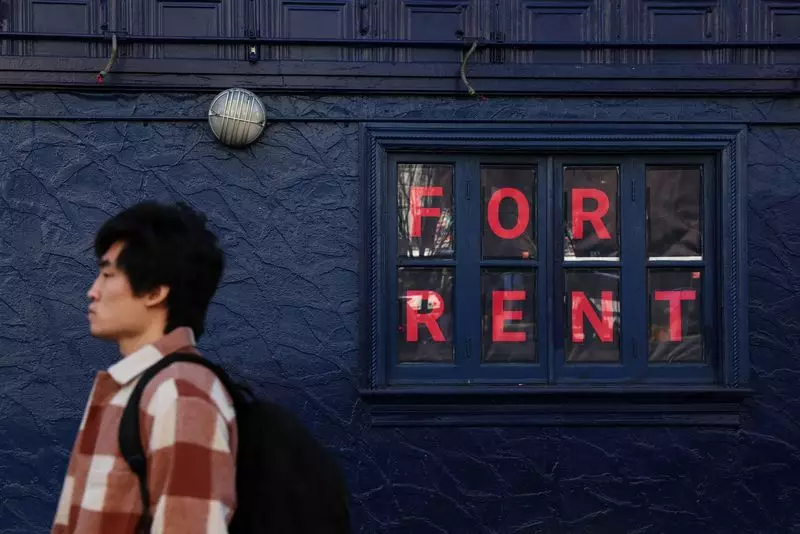Recent findings from the Federal Reserve Bank of Cleveland reveal a troubling expectation regarding rent inflation, suggesting that it will continue to exert pressure on consumers well into the future. The economists behind the report predict that rent inflation as measured by the Consumer Price Index (CPI) will hover above the pre-pandemic average of approximately 3.5% until around mid-2026. This situation presents potential obstacles for the Federal Reserve as it strives to drive overall inflation back to its target of 2%.
One of the pivotal factors responsible for this ongoing rent inflation is the substantial disparity between new rental prices and existing lease costs. The report emphasizes that this gap remains significantly wider than pre-pandemic levels. In September 2024, the estimated rent gap is projected to be just under 5.5%, indicating that many existing tenants might soon face substantial rent hikes as the market equilibrium struggles to correct itself.
The persistence of elevated rent inflation is alarming, as it complicates the Federal Reserve’s efforts to address inflation at large. Fed officials and economists have long maintained a belief that inflation is gradually moving back towards the desired rate of 2%. The recent initiation of a rate-cutting campaign is believed to reflect this confidence, though substantial challenges remain on the horizon.
The ongoing inflationary pressure in the rental market reflects broader economic trends. It signals a complex interplay of supply and demand, which has been exacerbated by conditions stemming from the pandemic. The substantial increase in new rental prices has yet to be fully integrated into the existing rental landscape, leaving many tenants in a precarious position. As rents continue to rise for new leases, it becomes inevitable that existing tenants will also face gradual increases.
Projected Trends and Future Outlook
To better understand the trend in housing costs, it’s essential to analyze current data regarding rent growth. According to research conducted by Inflation Insights, rent growth exhibited an annualized figure of 4.6% through September 2024, a marked decrease from the 6.8% rate seen in 2023. This trend of decelerating rent growth suggests a shifting landscape for the housing market, where rental prices may stabilize over time.
Alberto Musalem, a leader at the St. Louis Fed, expresses optimism that falling rent inflation could eventually reduce the housing portion of overall price indexes. However, the “stickiness” of shelter prices, as mentioned by Boston Fed chief Susan Collins, remains a significant concern. This characteristic of rental inflation indicates entrenched values, especially among longstanding tenants whose rents are yet to adjust in line with current market conditions.
The Federal Reserve’s current strategy includes fostering conditions for economic growth while simultaneously combating inflation. Keeping inflation in check while navigating various market forces—particularly in the rent sector—will prove to be a delicate balancing act. The current expectations surrounding rent inflation could lead to future adjustments in monetary policy, emphasizing the need for vigilance.
As shelter prices remain elevated and continue to impact the overall inflation landscape, the Federal Reserve may need to devise more robust strategies to handle this challenge. The convergence of new and existing rent prices will require sustained attention, as will the effects of broader economic indicators such as employment rates and consumer spending.
Rent inflation stands as a key issue facing consumers and the economy at large. Projections that rent prices will remain elevated beyond their pre-pandemic norms indicate that consumers may face ongoing financial strain. As the Federal Reserve navigates this complex landscape, addressing rent inflation must become an integral component of its broader economic strategy. The journey towards achieving the 2% inflation target will undoubtedly hinge on how effectively policymakers can manage these pressing rental market challenges. Without addressing them, the sustainability of economic recovery remains in jeopardy.

